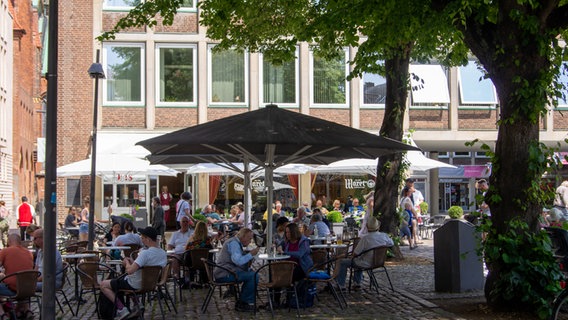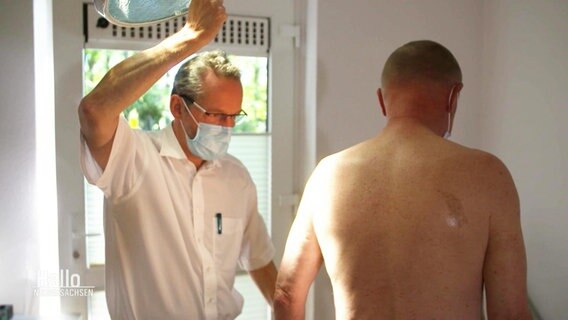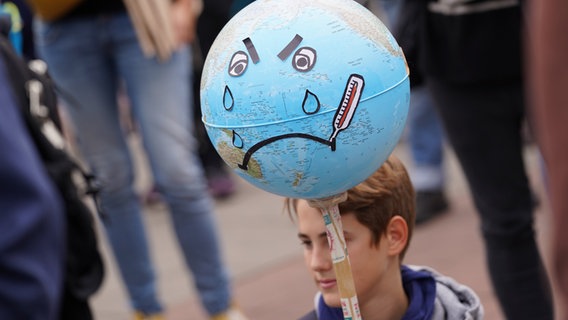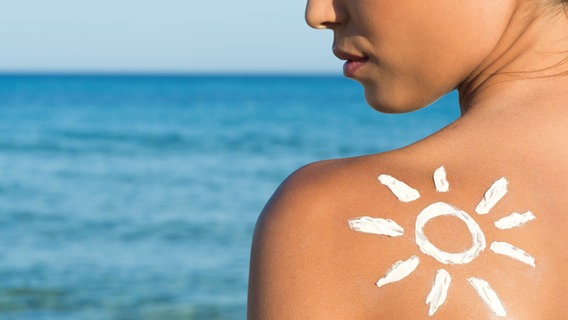Status: 03/02/2023 2:56 p.m
As early as March it can be dangerous in the sun. UV radiation is increasing due to climate change. Why is that and how can you protect yourself from the radiation?
Climate change is not only causing rising temperatures or extreme weather events worldwide, it is also increasing the risk of skin cancer. Every year around 300,000 people fall ill in Germany alone, and around 4,000 people died in 2020 skin cancer. That is 53 percent more than in 2000. This increase is a result of harmful UV radiation.
More sun, less protection from the ozone layer
Due to climate change, the number of warm and cloudless days is increasing and with it the number of hours of sunshine in which we are exposed to UV radiation. Added to this is the damage to the ozone layer in the atmosphere, which naturally shields UV rays. Since the ban on chlorofluorocarbons (CFCs) the ozone layer has begun to recover, but greenhouse gases could help this development counteractso that the UV radiation remains elevated.
UV rays can be strong as early as March
If you are in the sun, you should protect your eyes and skin adequately.
Greenhouse gases are also partly responsible for so-called low-ozone events. These are low-ozone air masses that pose a health risk, especially in March and April. Because at this time of year, the associated intensive UV radiation comes unexpectedly for many, so that they do not protect themselves adequately. The probability of low ozone events has increased over the past two decades.
Where can I find the current UV value?
Most weather apps show the current UV values. The German Weather Service, for example, updates its daily UV hazard index for Germany. Also one worldwide It provides UV hazard prediction. The index represents the radiation on a scale from 1. The skin should be protected from a value of 3 – this value is common in Germany from March onwards, and is significantly higher in the case of low ozone events.
UV radiation: how to protect yourself?

Shade umbrellas and trees will become more important in public spaces in the future.
If possible, you should avoid the sun at certain times – in summer between about 11 a.m. and 4 p.m. “The rule of thumb is: if your own shadow is longer than you are, it is less dangerous,” explains Swen Malte John, head of dermatology at the University of Osnabrück. If possible, you should cover unprotected areas of your skin with clothing in the sun. Those who are out and about for a long time, for example when cycling or hiking or working outdoors, should do it best Clothing with UV protection carry. It is important to wear sunglasses with UV protection and a hat with a wide brim and neck protection. John also recommends applying SPF 50 sunscreen in the summer before going out in the sun.
More sun protection needed in the future
The Federal Office for Radiation Protection is also calling for more public protection areas to be created, for example with shady trees and umbrellas. In the future, professional activities outdoors as well as club sports and other leisure activities could increasingly be postponed to times when UV radiation is not as strong. In addition, the Federal Office recommends providing visible information about the current UV exposure, for example on display boards in outdoor pools.
In an interactive series, the Federal Office has important recommendations and information published on the connection between climate change and UV radiation.
Further information
Keywords for this article
Krebs




